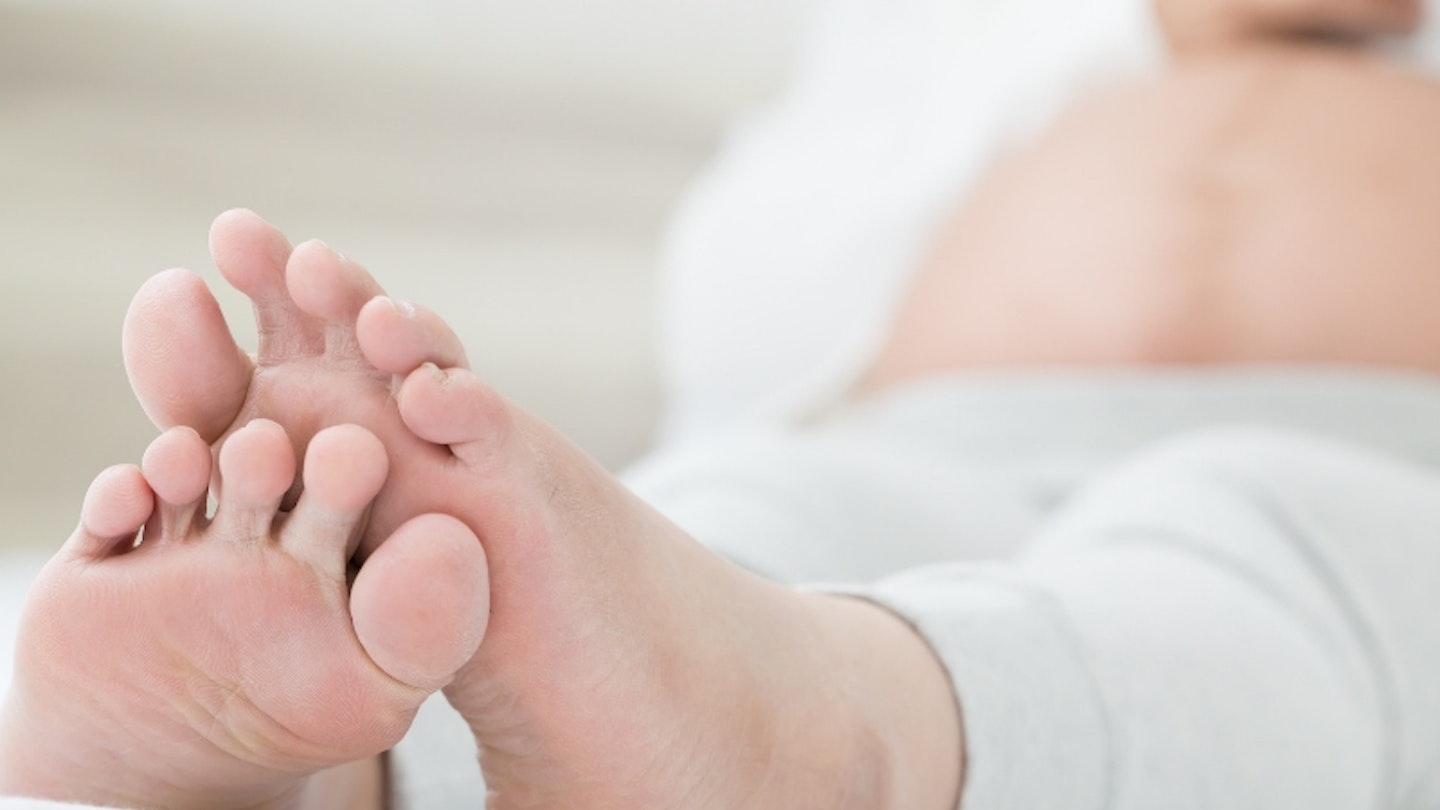Pregnancy side effects, who'd have 'em? The list is basically endless and most of them, let's face it, are less than pleasant.
You might be lucky and get some of the good ones like glowing skin or increased sex drive, but you won't be able to dodge some of the main culprits like morning sickness, indigestion or migraines. It's not surprising that women also suffer from [stress]{href='https://www.motherandbaby.com/pregnancy-and-birth/pregnancy/stress-in-pregnancy' target='_blank' rel='noopener'} during pregnancy with this list of nasties. One incredibly common and unsightly side effect of pregnancy is oedema. It is thought 80% of pregnant women suffer from it, but what exactly is it?
What is oedema?
Oedema is the scientific term for swelling. Sufferers of oedema can experience swollen legs, feet, ankles, hands and even a swollen face. Swelling during pregnancy is very common and although it is unpleasant and uncomfortable, it is generally harmless. If you have concerns about swelling (see below) it is always best to contact your doctor.
What causes oedema?
Swelling is caused by the excess water that your body is holding onto during pregnancy. During a normal and healthy pregnancy, 'total body water increases by 6 to 8 litres' according to Kidney International Supplements. The water tends to be held in the lower parts of the body, such as the feet or legs, especially if you are standing up regularly.
Swelling is often worse during hot weather. When you overheat, your body attempts to cool you down by expanding your veins which allows fluid to leak into the surrounding areas. Sadly for you, the evenings can be worse too. As the day goes on, gravity means fluid is drawn downwards and it will continue to pool in your lower half.
Swelling can also be influenced by changes in blood flow. Blood circulation is slowed down during pregnancy and the growth of your womb often puts pressure on your blood vessels in your pelvis which may also cause fluid to build up.
How to prevent, treat and deal with swelling during pregnancy:
Dealing with swelling or oedema during pregnancy
 1 of 13
1 of 131) Wear comfortable shoes
As swelling often occurs in the lower half of your body it is important you wear sensible and comfortable shoes. This will hopefully minimise the chances of swelling and prevent any unecessary aches and pains.
 2 of 13
2 of 132) Wear loose clothing
Wearing loose fitting clothing will mean your circulation isn't restricted and you are just generally more comfortable. Tight jeans or non-maternity fitting items could make swelling in the legs worse. Tight clothes can also cause bloating which is another common and unpleasant pregnancy side effect so floaty dresses it is!
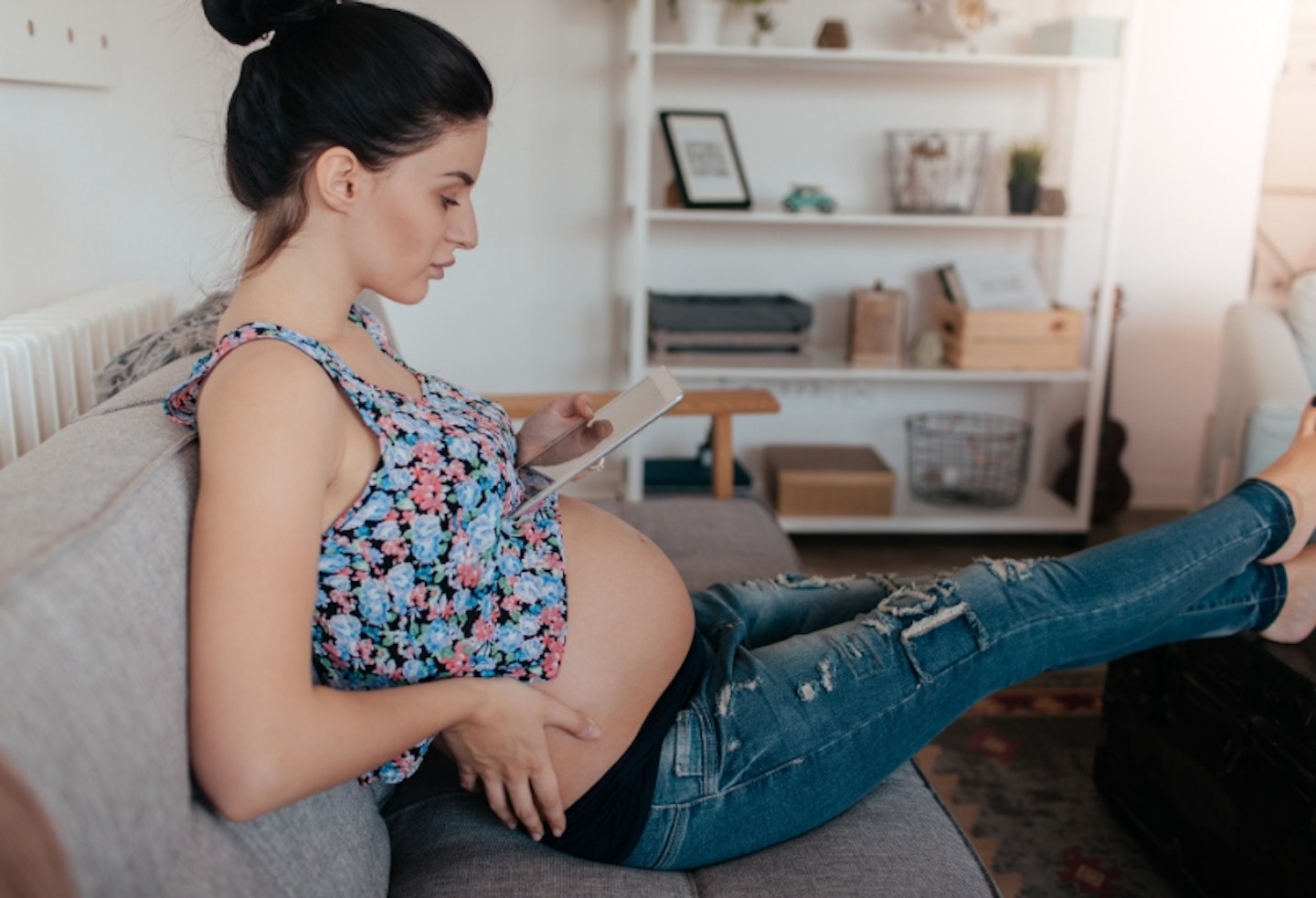 3 of 13
3 of 133) Put your feet up
Who needs an excuse to put their feet up?! Resting and putting your feet up regularly will help prevent swelling. Ideally put them above your hips - you can lie on the floor and put the on the sofa if needs be. It is a good idea to have a footstool if you sit at a desk for work to keep your feet elevated.
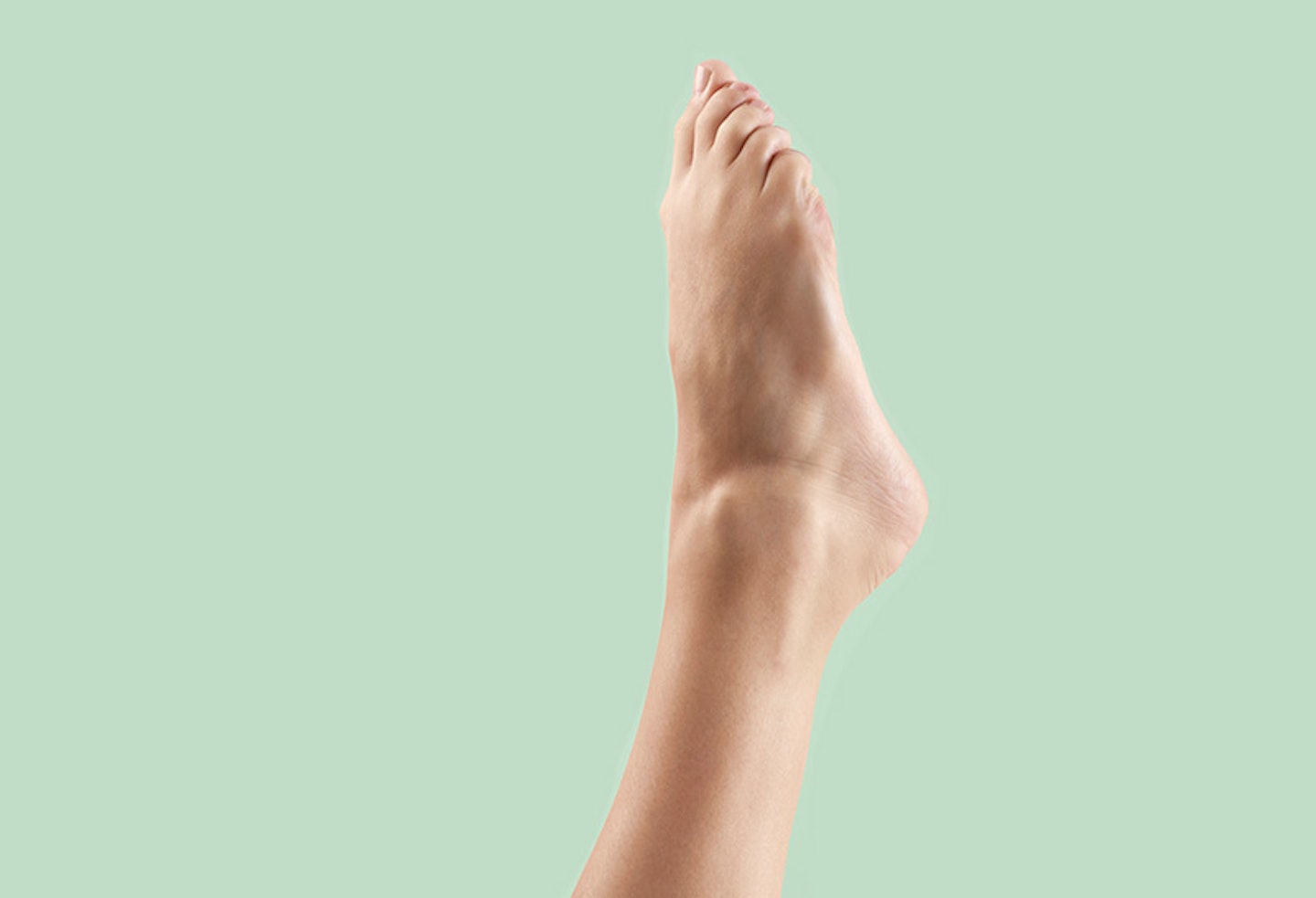 4 of 13
4 of 134) Foot exercises
Doing simple exercises with your feet improves blood flow. Try pointing your toes and relaxing them, stretching your foot up and down, circling your feet one way and then the other or even doing the alphabet with your feet!
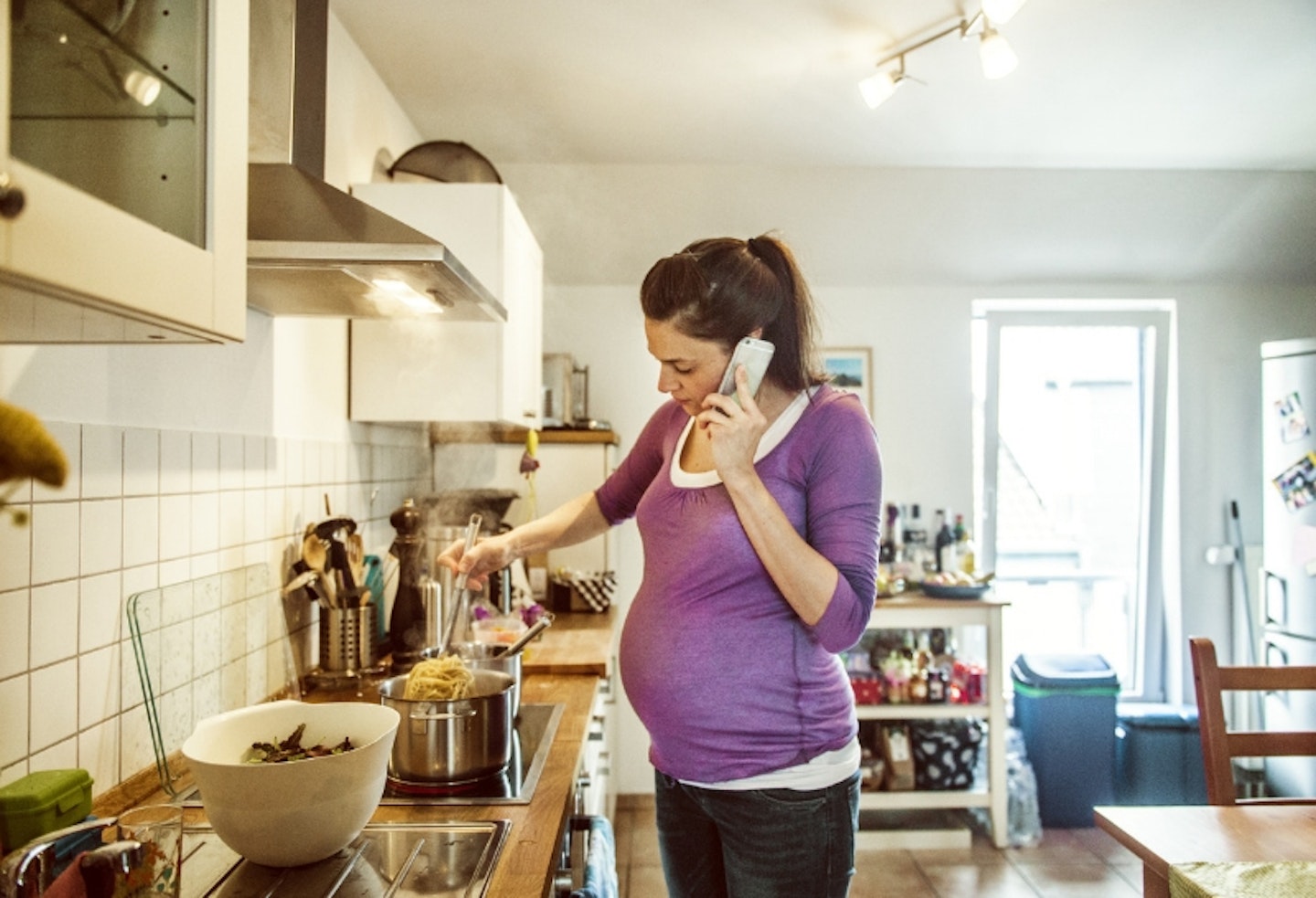 5 of 13
5 of 135) Avoid standing for long periods of time
If you work on your feet it is hard to avoid this one. Ideally, you need to rest and put your feet up at regular intervals as standing increases swelling in the lower half of your body. Sit down where possible or on your break at work.
 6 of 13
6 of 136) Shift your weight
If you can't sit down then try shifting your weight from one side to the other. Just keeping yourself moving and not putting all your weight down into the same pressure points should help improve blood flow.
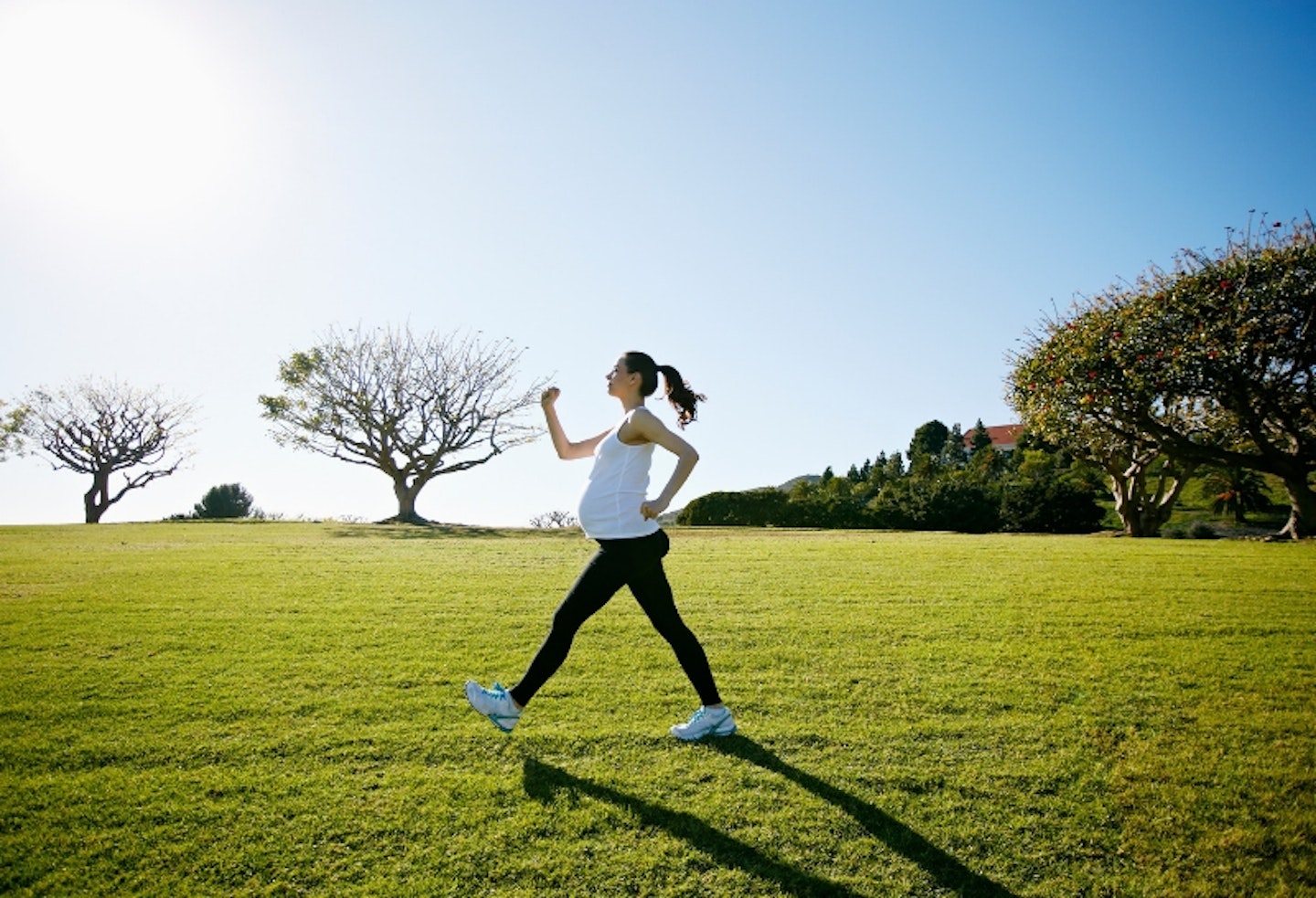 7 of 13
7 of 137) Gentle exercise
Walking is a great exercise for pregnant woman as it shouldn't put the body under too much stress. It helps to increase blood circulation which will help with your swelling. Getting outside for a quick walk, especially in the morning, has great mental health benefits too and exercise of course helps you regulate your weight better during pregnancy.
If you are struggling during pregnancy, here is where to get help.
 8 of 13
8 of 138) Swimming
Swimming is another great gentle exercise during pregnancy. If you suffer with oedema, simply standing in a pool and immersing yourself in the water for a short period of time can help ease the pressure and reduce swelling. Baby Med explains that 'Water immersion works to reduce swelling by allowing the body to shed excess water that collects under the skin through the kidneys'.
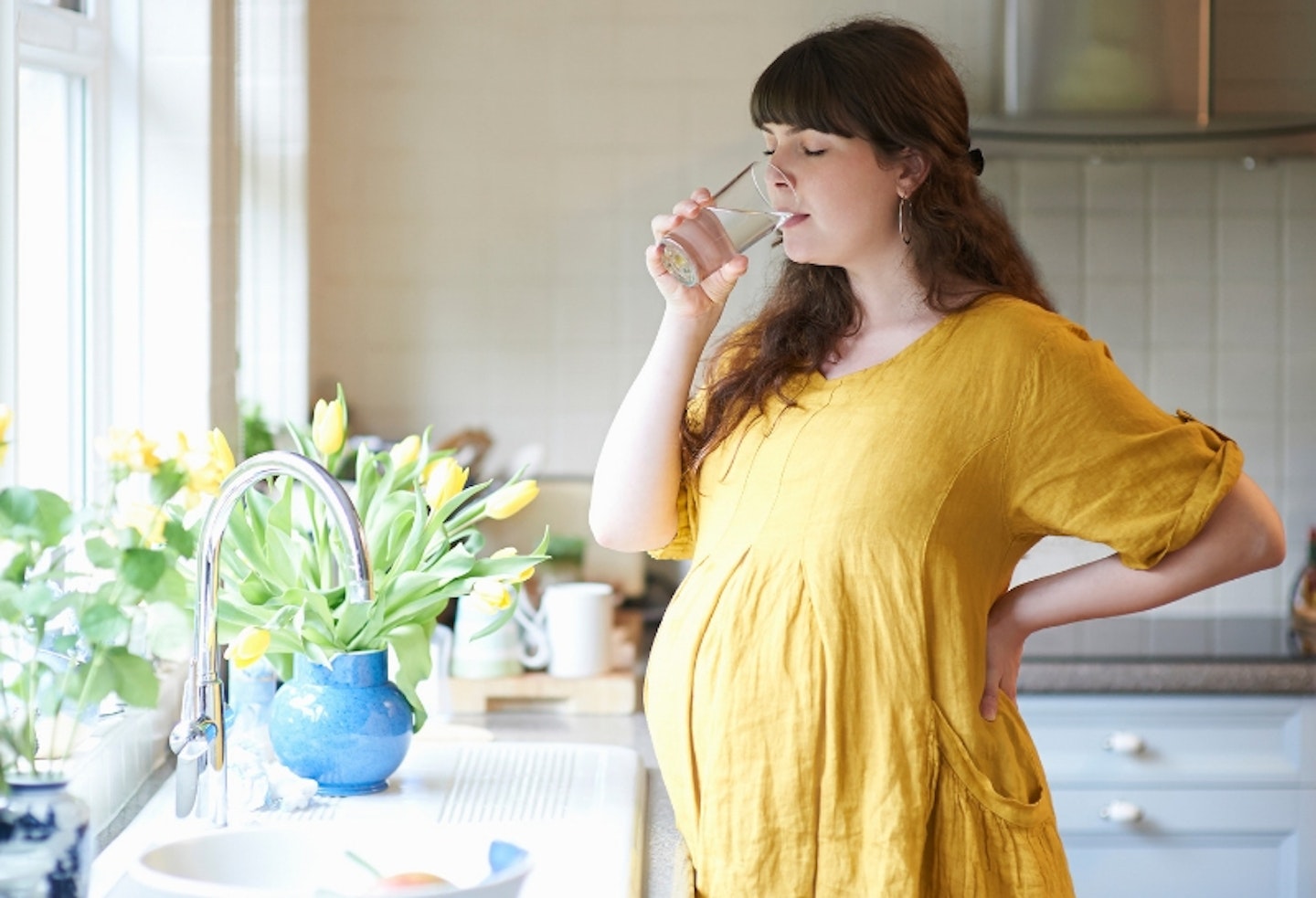 9 of 13
9 of 139) Drink water
With all that excess water floating about you might be tempted to skip a few glasses of water to prevent any more build up. However, this can be a big mistake. Drinking water keeps you hydrated and actually helps your body to better regulate the hoards of water.
 10 of 13
10 of 1310) Eat a healthy diet
A healthy diet works wonders for you during pregnancy for a number of reasons. Your body needs all sorts of vitamins and nutrients during pregnancy to help keep your body ticking along nicely. Eating a healthy diet also means you will put on weight at the correct rate. If you gain weight too quickly this will increase the pressure on your body and limbs which will make swelling worse. Eat lots of different coloured veg and a mix of protein, carbohydrates and fats.
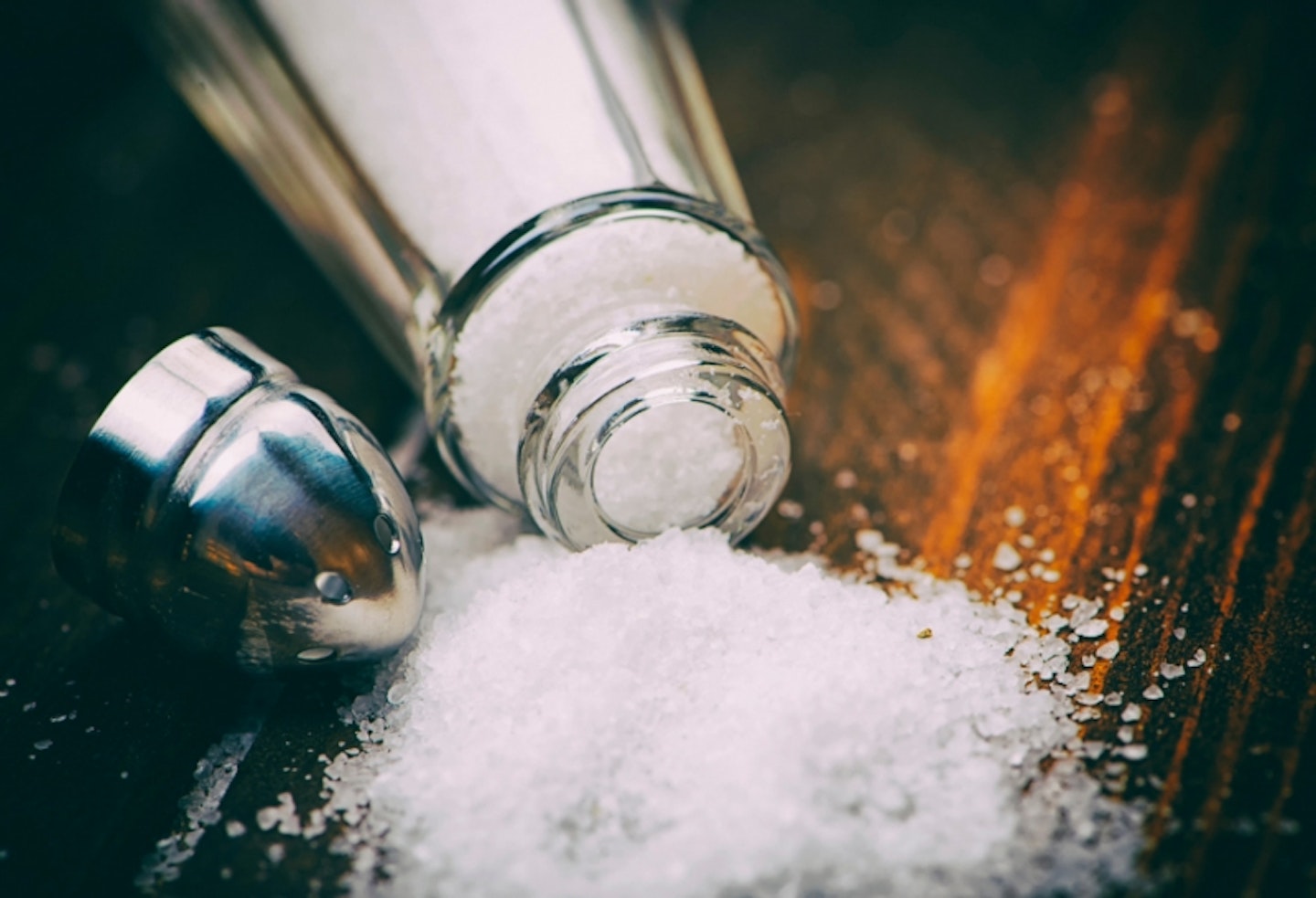 11 of 13
11 of 1311) Cut down on salt
Too much salt is never a good idea. Salt can make you dehydrated and it can also make the body hold onto more fluid. Cutitng out processed food is an easy way to avoid hidden salt!
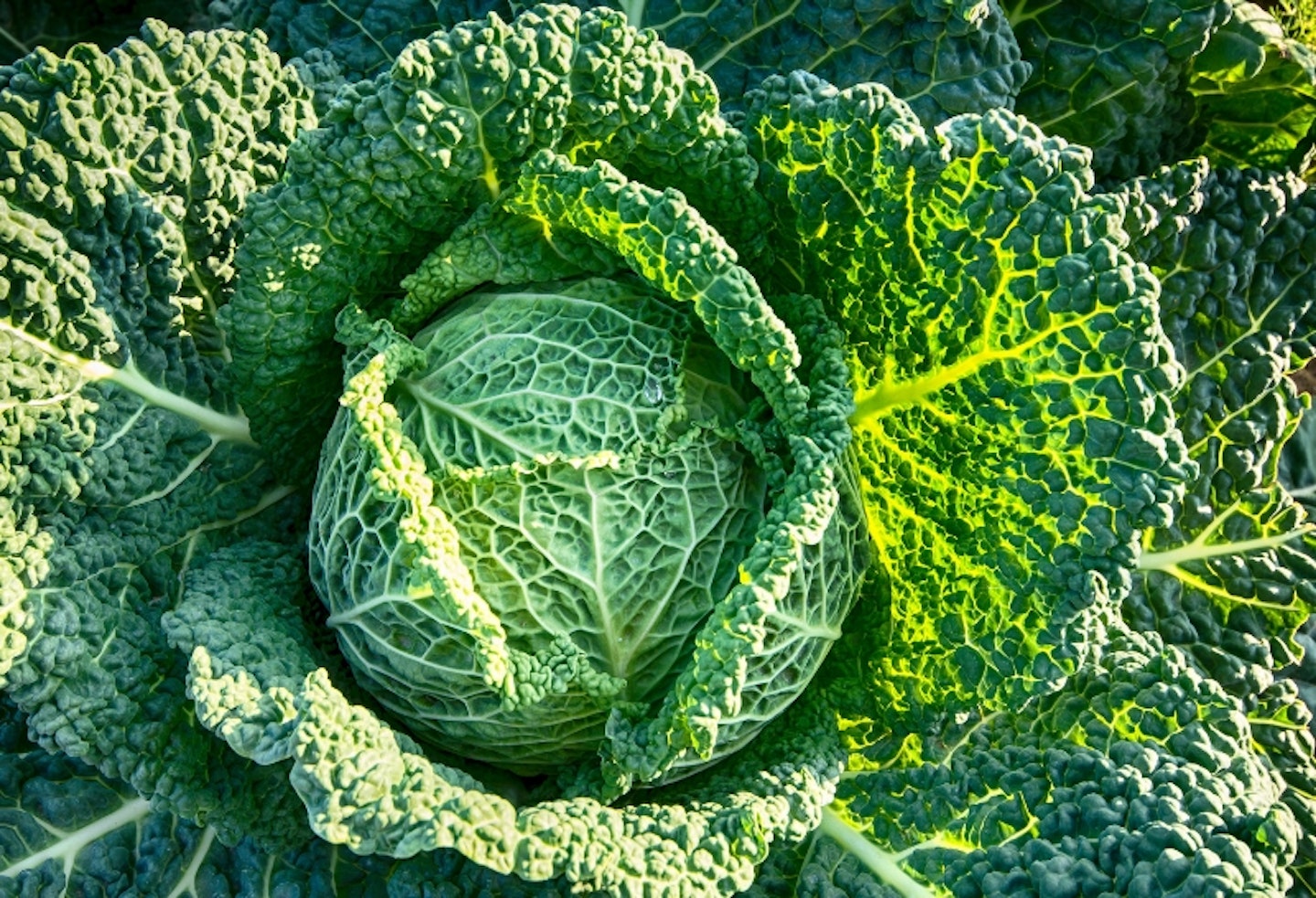 12 of 13
12 of 1312) Try cabbage leaves
This one is a bit weird! You might have heard of cabbage leaves healhing powers during breastfeeding but they can also work for swelling. Placing raw cabbage leaves on the swollen area can draw out fluid to relieve the swelling or discomfort. Cool them first in the fridge and wrapped the chilled leaves round to make a compress. Once they are wet then replace them with fresh leaves.
 13 of 13
13 of 1313) Bathe with epsom salts
This benefits of epsom salts for swelling have not yet been fully proven but a warm bath is a relaxing way to put your feet up during pregnancy. Epsom salt is a crystalized form of magnesium and sulfate. 'Mix about 2 cups of Epsom salt into a warm bath and soak for about 12 to 15 minutes. Be sure to keep the water temperature comfortable and not scalding. Raising your body temperature too high by soaking in a hot tub is dangerous for your baby-to-be' says Healthline.
Epsom salts help soothe aching muscles which you often have during pregnancy but it might also help with swelling. LiveStrong explain that 'The magnesium content of Epsom salt is believed to be the source of its claimed benefits. This mineral plays an important role in muscle and nerve function, and is known to decrease inflammation -- which is associated with tissue swelling.'
When should you worry about oedema?
Complications with swelling are rare and swelling is useless harmless so do not worry too much if you have this common pregnancy symptom. However, if you have a sudden increase in swelling or it becomes severe you should contact your doctor.
Severe or sudden swelling may be a sign of more serious conditions, like pre-eclampsia. Pre-eclampsia is an uncommon condition that pregnant women often suffer with during the second half of pregnancy or after giving birth. ‘Pre-eclampsia can cause a combination of high blood pressure (hypertension) and protein in your urine (proteinuria),’ says Shreelata Datta, an obstetrician at St Helier Hospital in Surrey.
If you do have a pre-eclampsia, your blood pressure will need to be monitored by a health professional throughout your pregnancy. An app was also recently released, recommended by the NHS, to help women monitor their blood pressure from home to prevent unnecessary trips to the hospital. Check to see if this is available where you are.
If it feels as if only one leg is swollen and it becomes hot, this could be due to a blood cot. Blood clots, most often in the leg are also called deep vein thrombosis . Look out for these symptoms:
-
Swelling, tenderness or pain ONE of your legs
-
A hot or warm feeling in the affected area
-
Red skin in the affected area
If you think DVT is causing your swelling, you should contact your doctor as you need to be treated as soon as possible.
How do you cope with swelling during pregnancy? Let us know on Facebook or Twitter!
Make sure you're following Mother & Baby on Instagram for relatable memes, inspiring stories and parenting hacks!
Have approx 60 seconds to spare? Why not join thousands of mums-to-be and start your very own Amazon baby wish list! They're absolutely free to create and perfect to send to the friends, aunties and your mum to make sure you're getting the baby products you really need...Click here!
